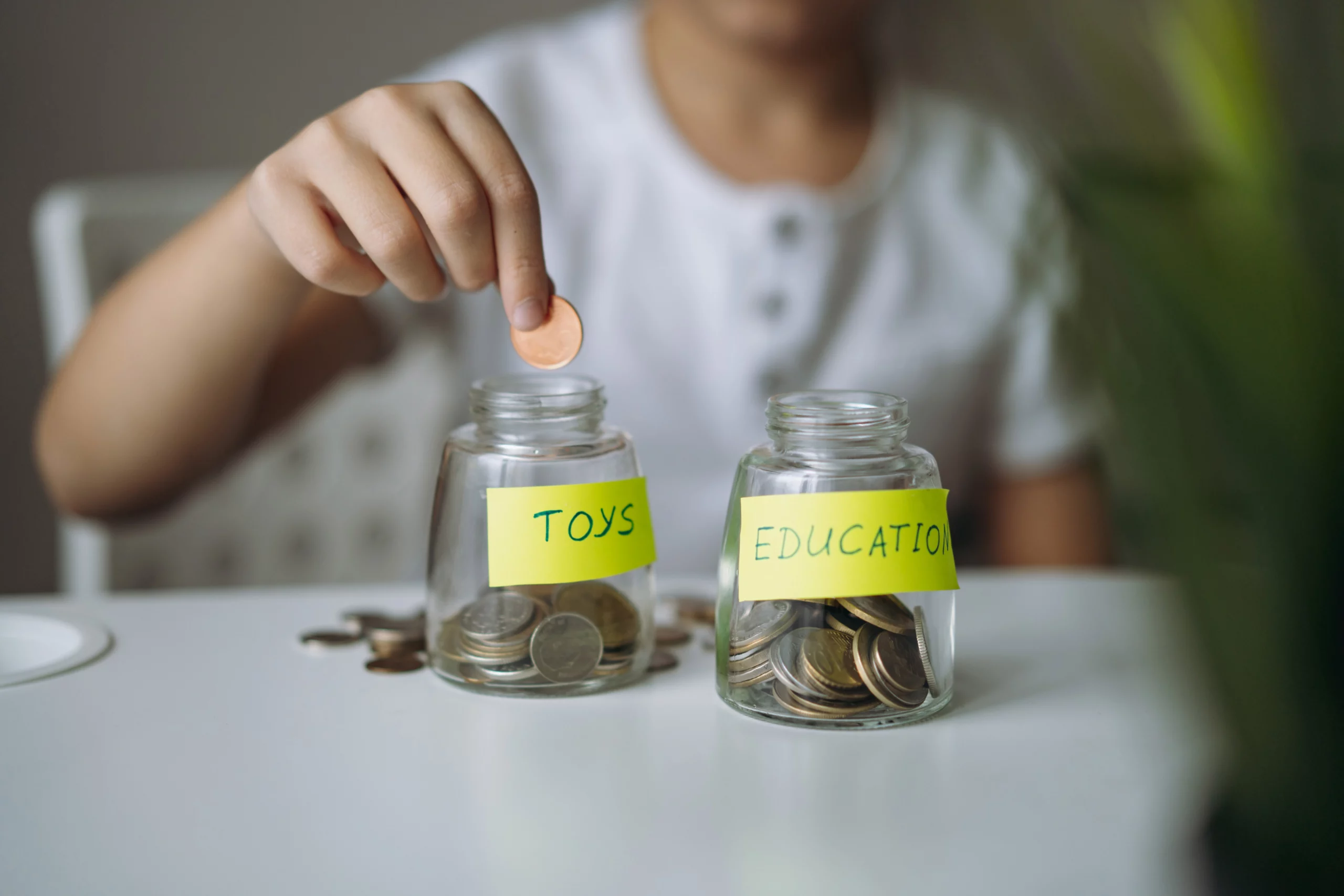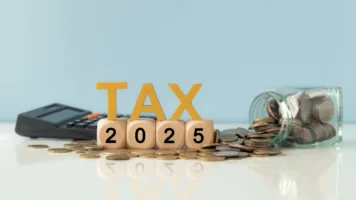Teaching Kids About Money
Teaching kids about money can be a rather daunting job, but it’s something that’s incredibly important. After all, money is pretty important for our general everyday existence. If you’re not sure where to get started or even what you should be teaching them, Swoosh is here to help. We’ve outlined a few ways you can teach kids about money as well as some key terminology that they should know (from earning, saving to taking out a cash loan). Read on to learn more.
Overview:
- Why is it important for kids to learn about money?
- When should we teach kids about money?
- How to teach kids about money
Why is it important for kids to learn about money?
Money management is a key life skill, and it’s one of those things that children can actually start learning early on. Teaching kids about money also sets them up for the future because they develop responsible money habits and attitudes.
When should we teach kids about money?
Honestly, the earlier the better. Some parents start teaching their kids money concepts as early as age 3, because research shows that children have already formed money habits and attitudes before the age of 7.
How to teach kids about money
There are a number of ways you can start teaching your kids about money. To help you out, we’ve outlined a few of them to get you started.
Use money terminology
A good way to start teaching kids about money is to help them understand money terminology from an early age. How you do this is entirely up to you, but you may want to show them what it looks like in action (we’ll get into this later).
Some financial terms to teach your kids:
- Earning: you must work for your money
- Saving: not spending money immediately so it can be used for future purchases
- Spending: using money wisely to get something in return and always looking for the most value for money
- Opportunity cost: a benefit or value of something that must be given up to gain something else e.g. the difference between needs and wants
- Budgeting: allocating what their money will be used for
- Loaning: how to take out big or small personal loans to purchase big ticket items e.g. a house or a car
Show your kids where the money goes
When you’re out and about with your kids, and you’re using money to pay for things, show them exactly what you’re doing and what it means. For example, if you’re using your debit card, explain that when you tap your card on the eftpos machine, it ‘talks’ to the bank who holds your money in a bank account. And that this money is then transferred from your bank account to the person/company you’re buying the product or service from.
You could also go on to explain that the money in your bank account was earned by you, and everytime you use your card, there’s less money in the account.
Get them involved
A lot of kids learn by doing, so get them involved!
- Get them to compare the prices of items in the supermarket while you shop.
- Let them pay for an item using cash.
- Give them a cash budget for the day and explain what it means once that money is gone.
- Get them to create a budget for their pocket money.
Use pocket money
Pocket money is a great way to teach kids about money. You can give your kids household jobs such as mowing the lawn, washing dishes, or washing the car, in exchange for some money. If they don’t do the work, they don’t get paid. This helps with teaching kids about money and the concept of earning money rather than expecting it.
Teach them how to save and how to set goals
One of the most important things you can teach your kids is how to save. So be sure to sit down with your kids to carefully explain what it means, how it works and why we do it. You can do this by:
- Giving them a money jar: When it comes to small kids, we like the idea of using a glass jar for their savings instead of a piggy bank. This way they will see the money growing. If kids develop good financial skills from an early age, they’ll be ready for the financial challenges of adulthood.
- Creating savings goals: Teach your kids the value of putting their money aside to buy something they really want. This is also a great way to show them how to avoid impulse buying and why it’s important to stick to their goals.
Money activities for kids
If you’re looking for some fun money activities for kids, there are so many to choose from. Try giving these ones a go:
- Plan and cook a meal together
- Play Monopoly
- Play money bingo
- Play pretend ‘shop keeper’
Learn more: money activities
Model good financial behaviour
While teaching your kids good money habits and attitudes is important, so is demonstrating the ways you handle money when you’re around them. For example, if you tell them that they shouldn’t be impulse buying and then you go out and do it yourself, you’re sending them mixed messages.
Instead, create good habits for yourself so that they can learn by watching you. Whether that’s sticking to a budget, understanding how to consolidate your debts or knowing when it’s time to take out an online loan. And if you have any questions about this, please don’t hesitate to get in touch with the friendly team at Swoosh.








